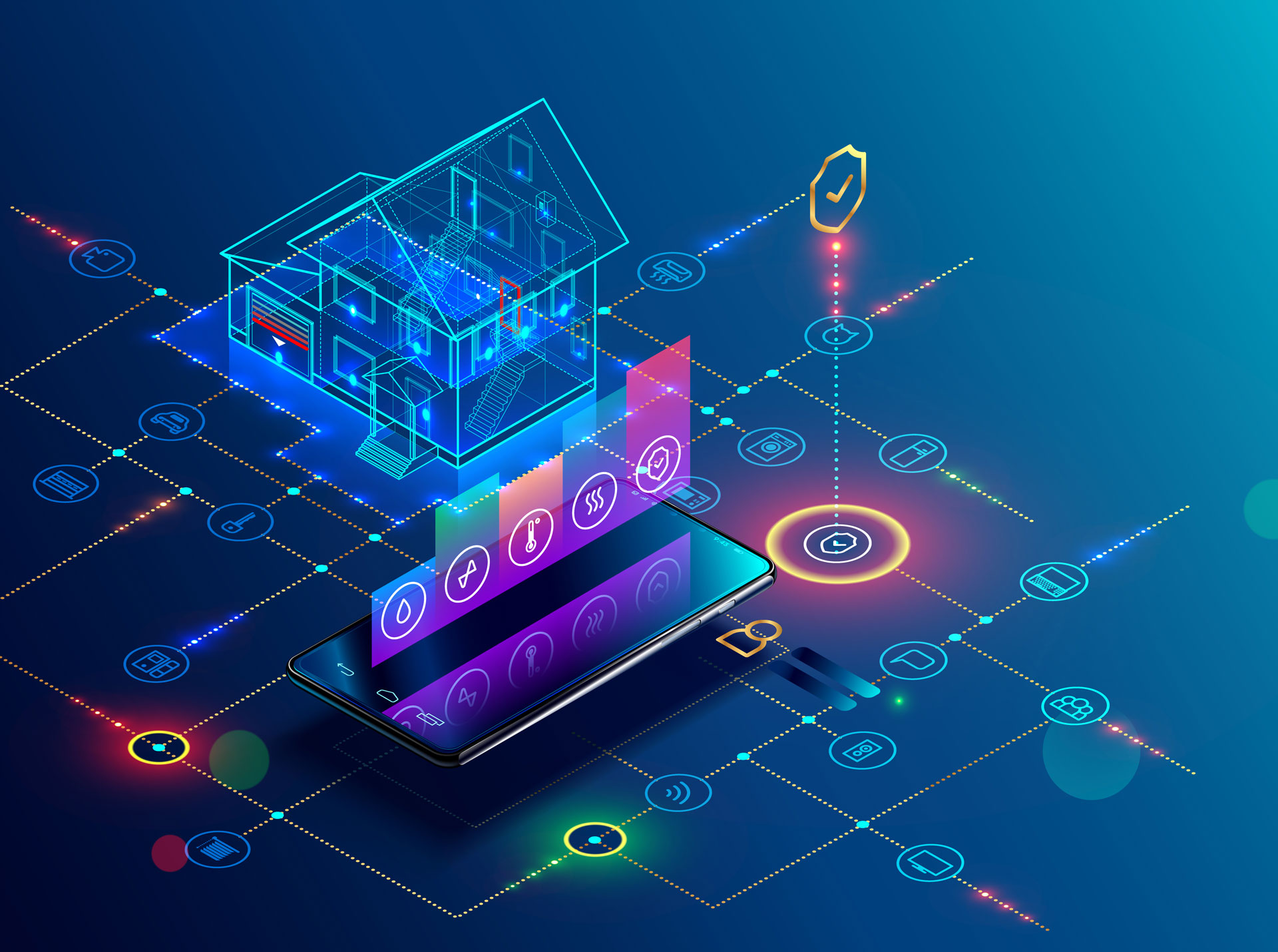We are living in a time when technology is developing at a rapid pace. Just a few decades ago, our means of communication were limited to fax machines and telephones. During that time, parents would teach their children basic habits like turning off lights when leaving a room and not leaving taps running.
Technological advancements have made our lives easier. Home automation technology involves connecting appliances, gadgets, and home systems to a network that can be controlled through a smartphone or tablet. This means you can remotely control the thermostat, lights, television, music systems, air conditioner, security cameras, and even windows with a smartphone.
In addition to the usual benefits of having centralized control, enhanced security, and the convenience of handling multiple devices, home automation also helps reduce energy costs. Read on to discover how.
Smart Thermostats
Smart thermostats allow you to control the temperature of your home remotely using an app on your phone or tablet. They can also learn from your behavior and the surrounding temperature to provide real-time information about your energy consumption. Some brands even send email alerts about your thermostat usage and changes in temperature, motivating you to reduce energy consumption. Certain brands may reward users with star or leaf symbols based on the amount of energy saved
Smart Power Strips
Most electronic appliances consume power even when they are plugged in but switched off. It’s not convenient to unplug devices after each use, as it may damage the plug and cable. Smart power strips can detect when a device has been turned off and shut off completely to avoid phantom power loss. They come with a mobile application that allows you to control appliances remotely. They can also notify you when someone else in the household turns on an appliance or device. This feature can be helpful in homes with children and can serve as a parental control device.
Smart Lighting
Smart lighting enables remote control of lights, leading to energy savings. Additionally, they offer various other advantages. For example, you can adjust the intensity of the lights by dimming them according to the task at hand. Smart lights are available in different colors, allowing you to create the desired mood and ambiance in your living space.
By remotely controlling the lights while you’re away on vacation, you create the impression that the house is occupied, deterring potential burglars.
Smart Faucets
Smart faucets help sustainability by providing options for water conservation as they are designed with facilities for low flow rate, aerators in the spout and to prevent leakage. They can be connected to most showers, kitchen sinks, and bathroom sink models. They also help with saving energy, especially hot water faucets. These become even more green-friendly when they are powered with renewable and environmentally-friendly energy sources
In conclusion, home automation technology provides numerous benefits, including energy savings. By utilizing smart thermostats, power strips, lighting, and faucets, you can reduce energy consumption, promote sustainability, and enjoy the convenience of controlling your home remotely.

